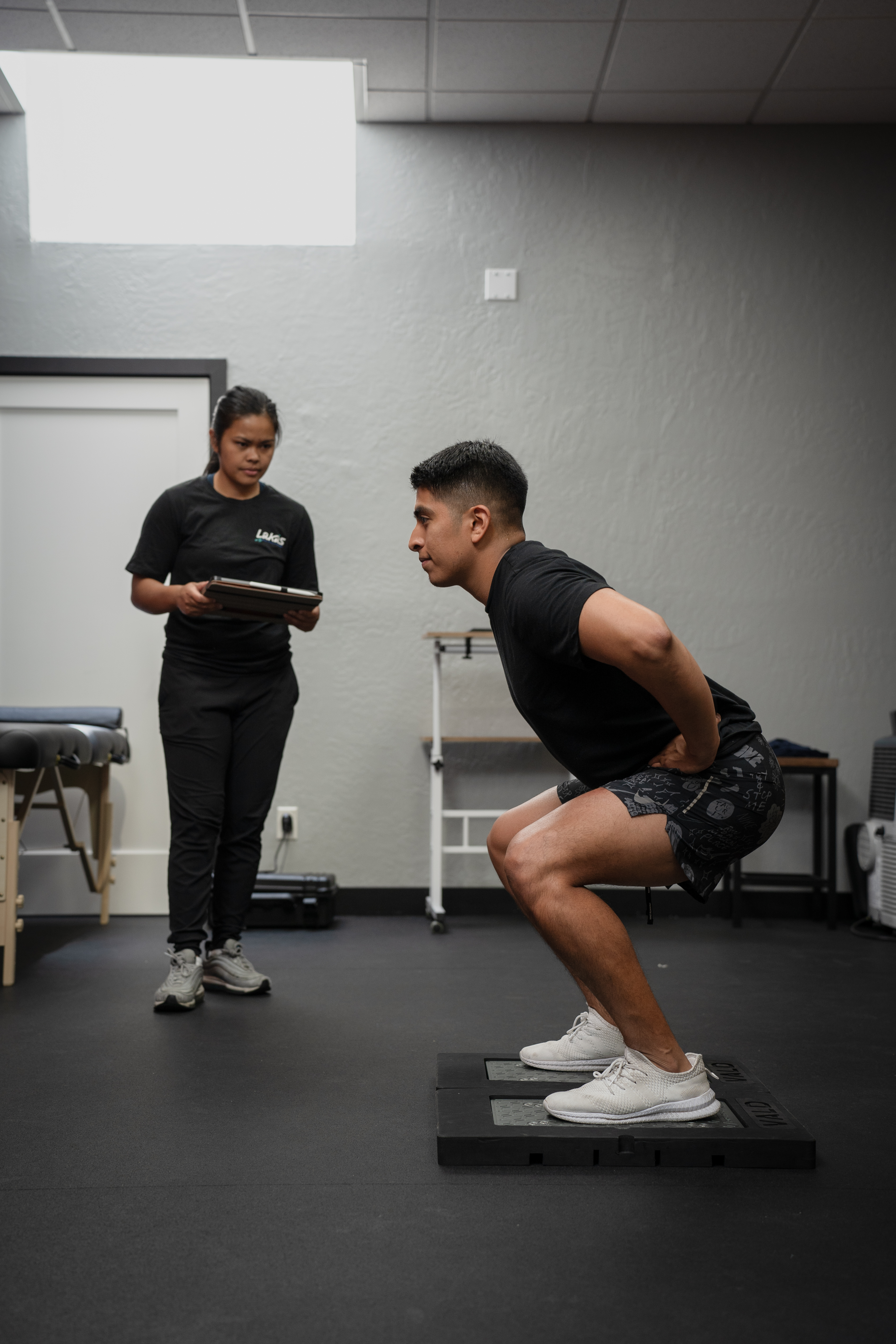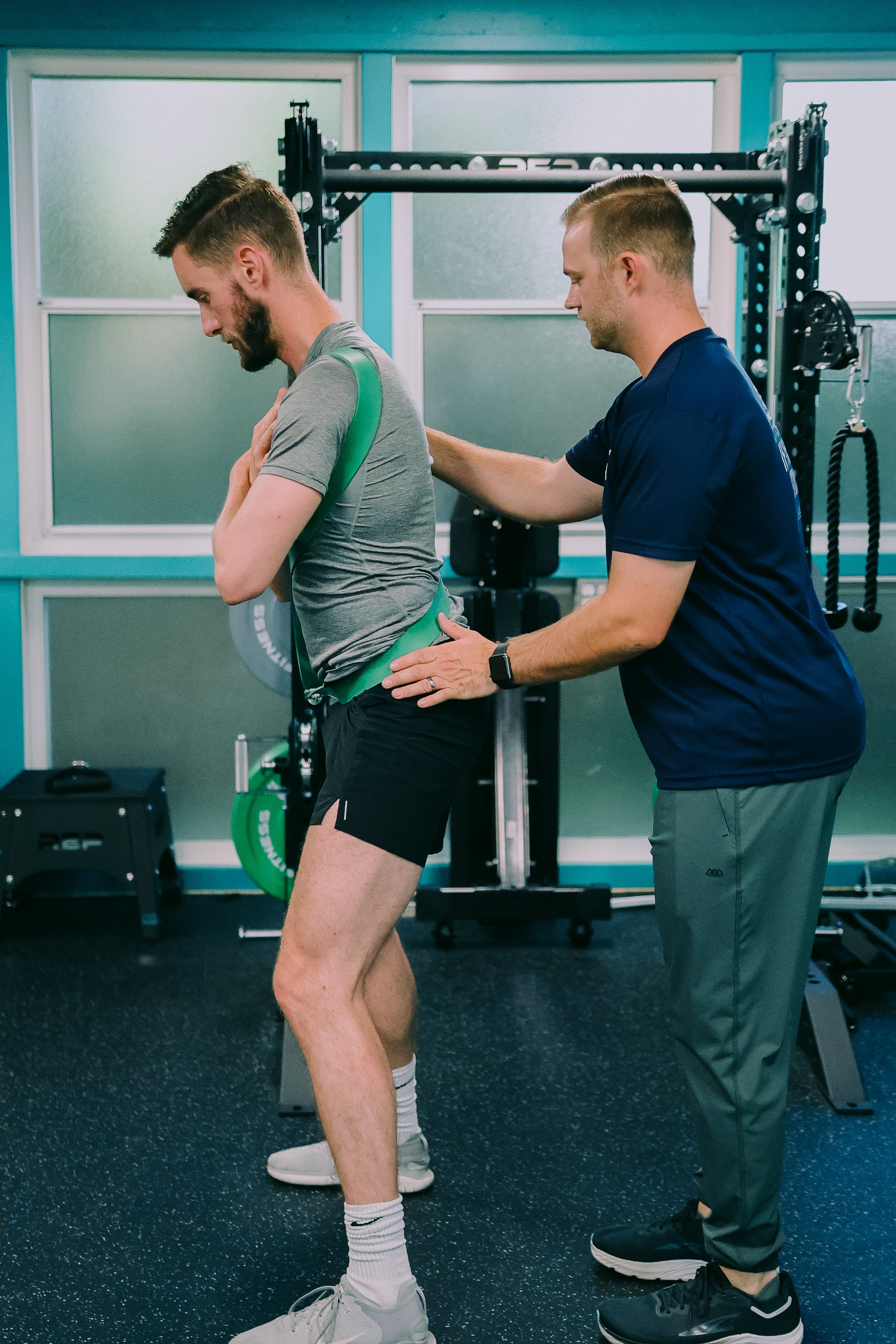Test, Don’t Guess with ACL Rehab
Re-injury rates following ACL surgery range as high as 30-39%, and 4 in every 10 ACL surgeries are due to re-injuries following the initial surgery.1 Currently, the majority of clinicians are still using time as their number one criterion for clearance to return to play, and one of the many failings of traditional ACL rehab is that it just doesn’t match the demands of athletes playing at the highest levels. Strength is a huge reason why re-injury rates after ACL surgery are so high, and the numbers around re-injury are the way they are because we don’t do proper testing. The lack of taking proper measures then leads to potential clearance of the athlete, or the athlete simply gets lost in their rehab.
Do you know how strong your quads are? What’s the difference in power and explosiveness when you compare your ACL side to your non-surgical side? If you don’t have specific answers to these questions, chances are you’re guessing, you don’t have a specific plan of attack, and are setting yourself up for re-injury. Final question: Is there strength testing that can be done and can give you objective numbers that can be tracked with progress over time to determine your readiness for sport? The answer is Yes.
At Lakás PT we have a return to sport testing battery that allows us to assess various metrics including lower body isometric strength, vertical jump testing, and force/power production. Using assessment technology backed by the most up-to-date research, we are able to provide you with objective, quantifiable measures of where you are and provide comparisons to where you need to be.

Included in the Readiness Meter, our new 30 minute screen with an ACL specialist will leave you with a scorecard of objective data so you can see where you stack up compared to standard measurements for safe return to sport. From here, you can communicate this scorecard with your surgeon to determine where you are in your rehab, and it can help us in establishing a starting point in a plan of care to get you back to peak performance. Whether you’re someone who is still experiencing lingering issues from a previous ACL injury or other knee injury, or looking to see how you can reduce risk of re-injury, this screen is designed for you. Ready to take the next step? Click the link below to book your slot today!
Best,
Jasmine @ Lakás
1. Wilk K, Thomas ZM, Arrigo CA, Davies GJ. The Need To Change Return to Play Testing in Athletes Following ACL Injury: A Theoretical Model. IJSPT. 2023;18(1):272-281. doi:10.26603/001c.67988



.jpg)
